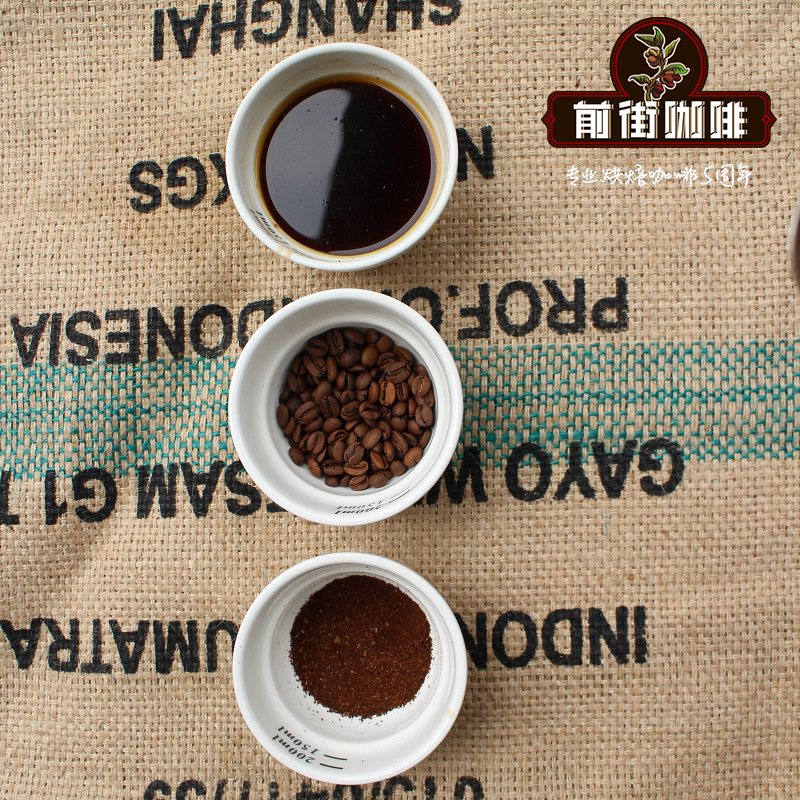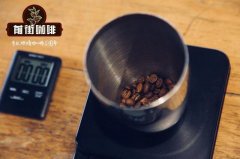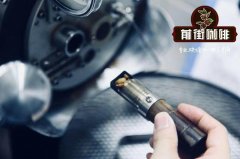Does Rosa Coffee belong to Arabica? what is Rose Summer Coffee? what's the flavor of the coffee?

Professional coffee knowledge exchange more coffee bean information please follow the coffee workshop (Wechat official account cafe_style)
Brief introduction of Panamanian Rosa Coffee in Qianjie
The species of Geisha was discovered in the rose forests of Ethiopia in 1931 and was later sent to the Coffee Institute in Kenya. Introduced to Uganda and Tanzania in 1936 and introduced to Costa Rica in 1953.
Not many people have paid attention to Rose Summer all the time. Until one day, Don Pachi was originally brought to Costa Rica from the town of GESHA in southwestern Ethiopia, and then Rosa entered Panama along the southern route, where Esmerada Manor in Panama separated it from other varieties and won the national coffee competition. Only in this way can Rose Summer officially enter everyone's line of sight.
Rosa coffee is particularly picky about the growing environment, requiring high altitude, cloud shade, fertile soil and enough accumulated temperature. The Aurora Coffee Manor is located in the northwest corner of the Chiriki province of Panama, with an average elevation of 1625 meters, an average annual temperature of 16 ℃ to 25 ℃ and an average rainfall of about 3500 mm. The plantation is semi-shaded, and the tree species are all endemic to the region, some of which are Haas alligator pear trees at high altitude. It is precisely because of this unique environment and climate that the coffee king can be cultivated.
The pronunciation of Geisha is the same as Japanese geisha, so it is also called geisha coffee. Because the tree species are taller than ordinary coffee trees, they are originally planted in a small area of the manor and are used as windbreaks.
No one knew about Rosa Coffee before 2004, and now it seems that there are several reasons: Rosa Coffee is mixed with other varieties of coffee; Rosa Coffee is not grown at high altitude (branches and hybrids of Rosa Coffee were planted in low-altitude areas of Brazil and Costa Rica, until 1997, the Daniel peterson family planted Rosa in the Jaramiilo plot at an altitude of 1650 meters); it has never been used as a single coffee to show its flavor and charm independently.
Until the 2004 Best Panamanian Bean Competition, La Esmeralda Daniel peterson showed Rosa Summer Coffee (unblended) to the competition judges. The legend began when Rosa Coffee won the first place in the world competition, with a price of US $21/lb.
Rose Summer (English Geisha)
Rosa, with slightly slender fruits and leaves, is a genetic mutant of Tibika and is said to have originated in the small town of Rosa in southwestern Ethiopia. Rose seeds were shipped to Tanzania in the 1930s and to Costa Rica in the 1950s. These two countries are the only important growers of Rosa outside Panama-although Panama is the best spokesman for Rosa.
In the high-altitude growing areas of Panama, Rosa proved to the world that it is an undisputed variety of coffee with tropical flavor, citrus and tea. Good coffee is loved by everyone, and I sincerely hope that Rosa can go to other countries.
Thanks to Boquete's unique climate, wet and dry seasons, ample sunshine and precipitation, and fertile soil formed by volcanic ash from Mount Baru, the coffee cultivation of Erida Manor quickly grew its own climate, and in 1929, the estate's coffee beans were exported to Germany for the first time, earning a good reputation for Panamanian coffee. In the following 3/4 centuries, the cultivation of Arida coffee, as a family manor, has developed continuously and formed its international reputation. The taste of imported black berries is obvious, clean and full, with a good sense of fat, good fusion of sweet and sour, high-altitude tree tomato flavor, and a long-lasting sense of fat.
END
Important Notice :
前街咖啡 FrontStreet Coffee has moved to new addredd:
FrontStreet Coffee Address: 315,Donghua East Road,GuangZhou
Tel:020 38364473
- Prev

Introduction of Pacamara species in El Salvador introduction of Pacamara's characteristic flavor and taste
Professional coffee knowledge exchange more coffee bean information please follow the coffee workshop (Wechat official account cafe_style) the front street of El Pacamara Coffee brief introduction Pacamara was cultivated by El Salvador in the late 1950s, it is a hybrid of Pacas and Marago Gippe, now very popular. Similar to Marago Gippe, it is large, usually the size of standard bourbon beans.
- Next

Is Yega Chefe Arabica? Yega Chefe Coffee Taste description
For more information on coffee beans, please pay attention to the varieties and taste of Yirga Cheffe in the front street of the coffee workshop (Wechat official account cafe_style). Yega Xuefei is a small town in eastern Egypt with an elevation of 1800m to 2000m above sea level. the ancient saying Yega means to settle down and Cheffe means wetlands. Yejasuffe is attached to the Sidamo producing area.
Related
- Beginners will see the "Coffee pull flower" guide!
- What is the difference between ice blog purified milk and ordinary milk coffee?
- Why is the Philippines the largest producer of crops in Liberia?
- For coffee extraction, should the fine powder be retained?
- How does extracted espresso fill pressed powder? How much strength does it take to press the powder?
- How to make jasmine cold extract coffee? Is the jasmine + latte good?
- Will this little toy really make the coffee taste better? How does Lily Drip affect coffee extraction?
- Will the action of slapping the filter cup also affect coffee extraction?
- What's the difference between powder-to-water ratio and powder-to-liquid ratio?
- What is the Ethiopian local species? What does it have to do with Heirloom native species?

